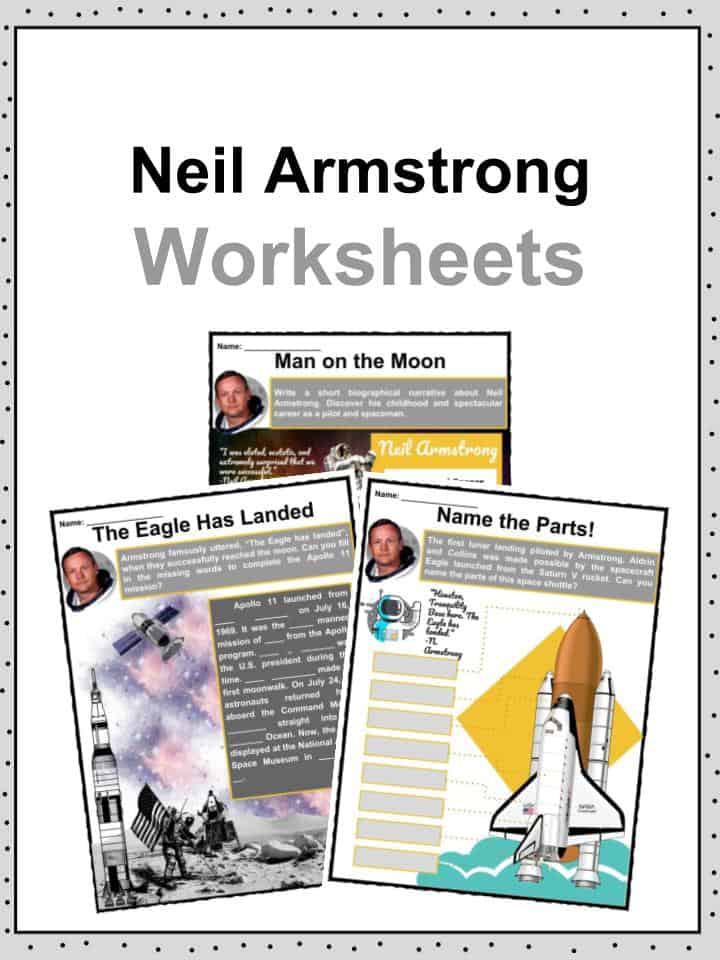Table of Content
Aldrin said he decided to leave the radar on in case an abort was necessary when re-docking with the Apollo command module; he did not realize it would cause the processing overflows. On August 29, 1951, Armstrong saw action in the Korean War as an escort for a photo reconnaissance plane over Songjin. Five days later, on September 3, he flew armed reconnaissance over the primary transportation and storage facilities south of the village of Majon-ni, west of Wonsan. According to Armstrong, he was making a low bombing run at 350 mph (560 km/h) when 6 feet (1.8 m) of his wing was torn off after it collided with a cable that was strung across the hills as a booby trap. While there was heavy anti-aircraft fire in the area, none hit Armstrong's aircraft. An initial report to the commanding officer of Essex said that Armstrong's F9F Panther was hit by anti-aircraft fire.

In addition to his duties as a spokesman, he also served on the board of directors of several companies. The first company board Armstrong joined was Gates Learjet, chairing their technical committee. He flew their new and experimental jets and even set a climb and altitude record for business jets. Armstrong became a member of Cincinnati Gas & Electric Company's board in 1973. They were interested in nuclear power and wanted to increase the company's technical competence.
Neil Armstrong Elementary
The three astronauts returned to Earth and splashed down in the Pacific Ocean, to be picked up by the USSHornet. In April 1962, NASA sought applications for the second group of NASA astronauts for Project Gemini, a proposed two-man spacecraft. This time, selection was open to qualified civilian test pilots. Armstrong visited the Seattle World's Fair in May 1962 and attended a conference there on space exploration that was co-sponsored by NASA. After he returned from Seattle on June 4, he applied to become an astronaut. At Brooks Air Force Base at the end of June, Armstrong underwent a medical exam that many of the applicants described as painful and at times seemingly pointless.

He sued Hallmark Cards in 1994, when they used his name, and a recording of the "one small step" quote, in a Christmas ornament without his permission. The lawsuit was settled out of court for an undisclosed sum, which Armstrong donated to Purdue. After Armstrong retired from NASA in 1971, he acted as a spokesman for several businesses. The first company to successfully approach him was Chrysler, for whom he appeared in advertising starting in January 1979.
Gemini program
Even though he was nearly killed, Armstrong maintained that without the LLRV and LLTV, the lunar landings would not have been successful, as they gave commanders essential experience in piloting the lunar landing craft. A graduate of Purdue University, he studied aeronautical engineering; his college tuition was paid for by the U.S. He became a midshipman in 1949 and a naval aviator the following year. He saw action in the Korean War, flying the Grumman F9F Panther from the aircraft carrier USSEssex. In September 1951, while making a low bombing run, Armstrong's aircraft was damaged when it collided with an anti-aircraft cable, strung across a valley, which cut off a large portion of one wing.
Minutes after Armstrong's first step, Aldrin joined him on the surface, becoming the second human to walk on the Moon. They began their tasks of investigating how easily a person could operate on the lunar surface. Armstrong unveiled a plaque commemorating the flight, and with Aldrin, planted the flag of the United States. Although Armstrong had wanted the flag to be draped on the flagpole, it was decided to use a metal rod to hold it horizontally. However, the rod did not fully extend, leaving the flag with a slightly wavy appearance, as if there were a breeze.
Mooresville Schools
The selections were kept secret until three days later, although newspaper reports had circulated since earlier that year that he would be selected as the "first civilian astronaut". Armstrong was one of two civilian pilots selected for this group; the other was Elliot See, another former naval aviator. NASA selected the second group that, compared with the Mercury Seven astronauts, were younger, and had more impressive academic credentials. Collins wrote that Armstrong was by far the most experienced test pilot in the Astronaut Corps. Armstrong was elected as member into the National Academy of Engineering in 1978 for contributions to aerospace engineering, scientific knowledge, and exploration of the universe as an experimental test pilot and astronaut.

Armstrong and See watched the launch at Cape Kennedy, then flew to the Manned Spacecraft Center in Houston. The mission was generally successful, despite a problem with the fuel cells that prevented a rendezvous. Cooper and Conrad practiced a "phantom rendezvous", carrying out the maneuver without a target. 3 X-15 airframe, and the first flight of the MH-96 adaptive flight control system. He became an employee of the National Aeronautics and Space Administration when it was established on October 1, 1958, absorbing NACA.
March 20, 2023
As they attempted a touch-and-go, the wheels became stuck and they had to wait for rescue. As Armstrong told the story, Yeager never tried to talk him out of it and they made a first successful landing on the east side of the lake. On the second landing, they became stuck, provoking Yeager to fits of laughter. Middle school science students took an out-of-this-world journey through space at the Challenger Learning Center of Greater Rochester, which is located inside the Kodak Center.
Each North Scott classroom features the latest in educational technology; including interactive whiteboards and devices for each student. Teachers pair high-quality instruction with programs and technological resources that promote engagement and enhance the learning environment. Students are equipped with knowledge and skills to prepare them for an evolving 21st-century workplace. Neil Armstrong is an inclusive, friendly and close-knit neighborhood school. We embrace our rich traditions while embracing the student-centered, technology-rich instruction that prepares and engages our students in life in our 21st Century.
Shortly after the flag planting, President Richard Nixon spoke to them by telephone from his office. He spoke for about a minute, after which Armstrong responded for about thirty seconds. In the Apollo 11 photographic record, there are only five images of Armstrong partly shown or reflected. The mission was planned to the minute, with the majority of photographic tasks performed by Armstrong with the single Hasselblad camera.
Doctors took him to the hospital's catheterization laboratory, and only later began operating. When Armstrong applied at a local Methodist church to lead a Boy Scout troop in the late 1950s, he gave his religious affiliation as "deist". His mother later said that his religious views caused her grief and distress in later life, as she was more religious. Upon his return from the Moon, Armstrong gave a speech in front of the U.S.
During training for Armstrong's second and last spaceflight as commander of Apollo 11, he had to eject from the Lunar Landing Research Vehicle moments before a crash. In October 2004 Purdue University named its new engineering building Neil Armstrong Hall of Engineering; the building was dedicated on October 27, 2007, during a ceremony at which Armstrong was joined by fourteen other Purdue astronauts. The NASA Dryden Flight Research Center was renamed the NASA Neil A. Armstrong Flight Research Center in 2014. Delivered to the Navy on September 23, 2015, it is a modern oceanographic research platform supporting a wide range of activities by academic groups. While preparing for liftoff, Armstrong and Aldrin discovered that, in their bulky space suits, they had broken the ignition switch for the ascent engine; using part of a pen, they pushed in the circuit breaker to start the launch sequence. The Eagle then continued to its rendezvous in lunar orbit, where it docked with Columbia, the command and service module.

The district e-newsletter is sent out each month and contains news and updates from around the district as well as current job openings and a list of upcoming events. When Pete Conrad of Apollo 12 became the third man to walk on the Moon, on November 19, 1969, his first words referenced Armstrong. The shorter of the two, when Conrad stepped from the LM onto the surface he proclaimed "Whoopie! Man, that may have been a small one for Neil, but that's a long one for me." When it was launched in 1981, MTV wanted to use his quote in its station identification, with the American flag replaced with the MTV logo, but he refused the use of his voice and likeness.


No comments:
Post a Comment